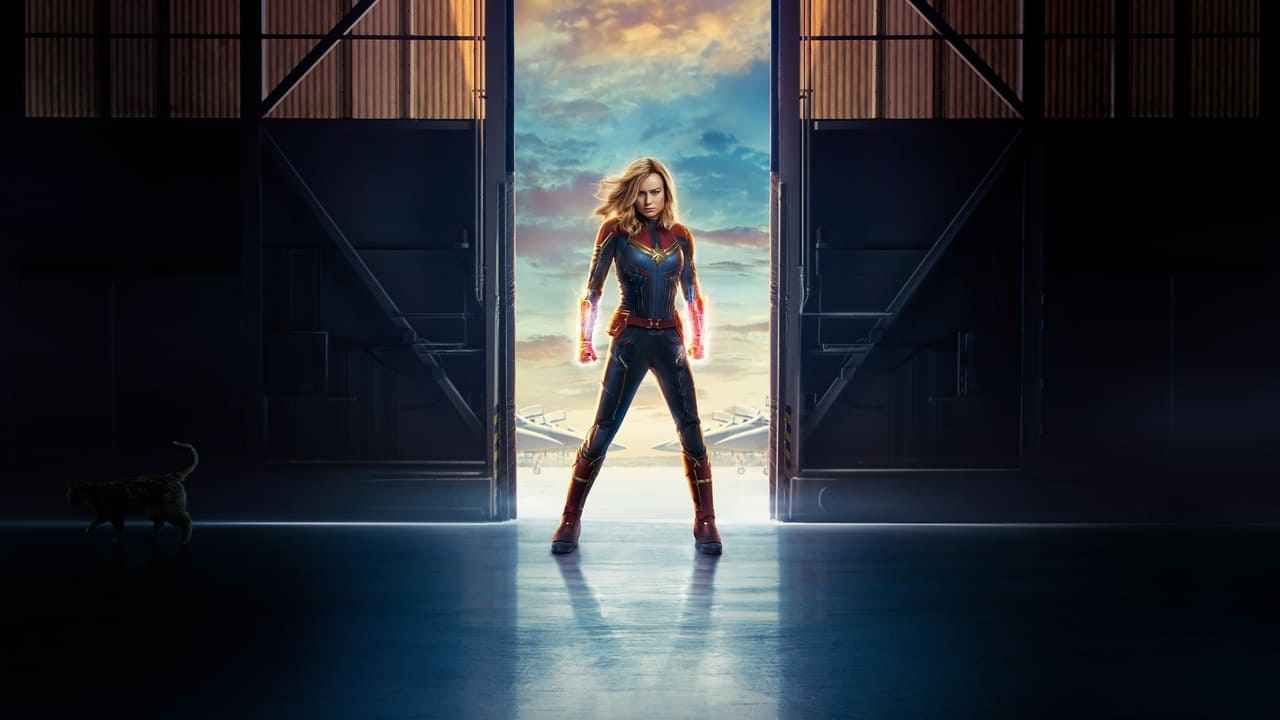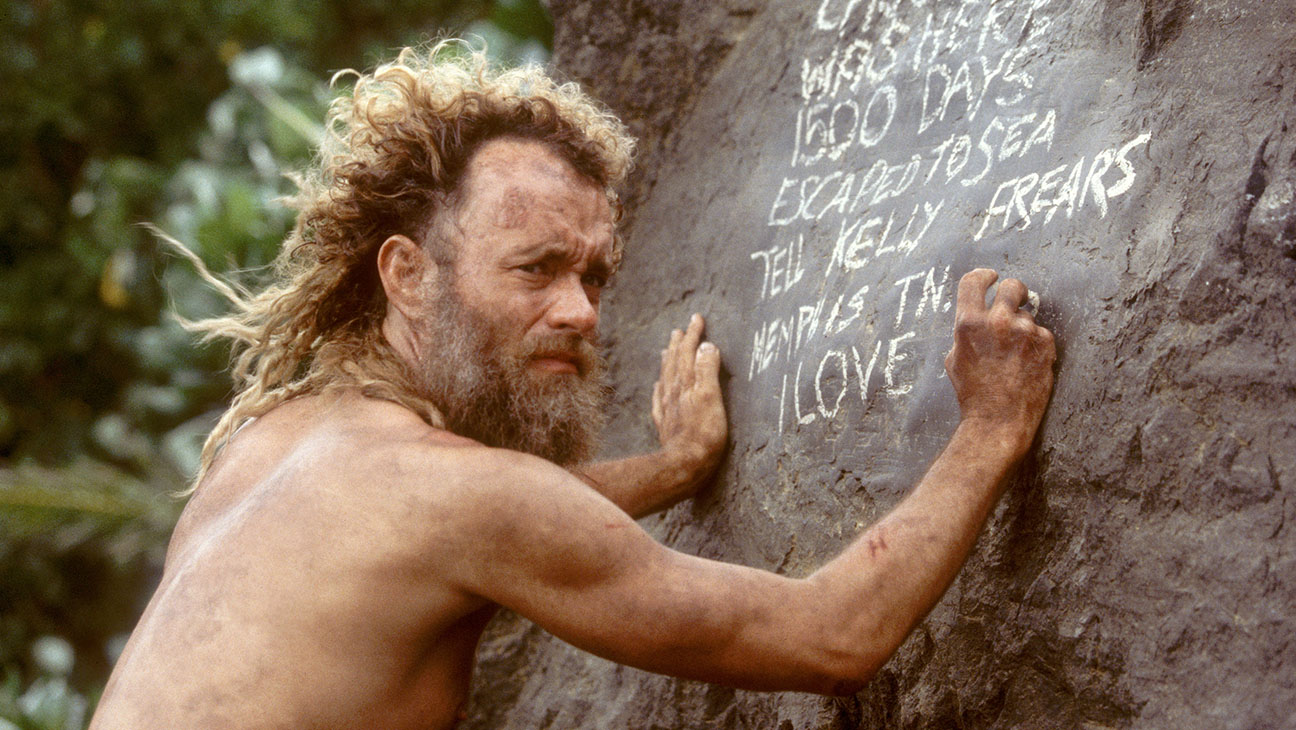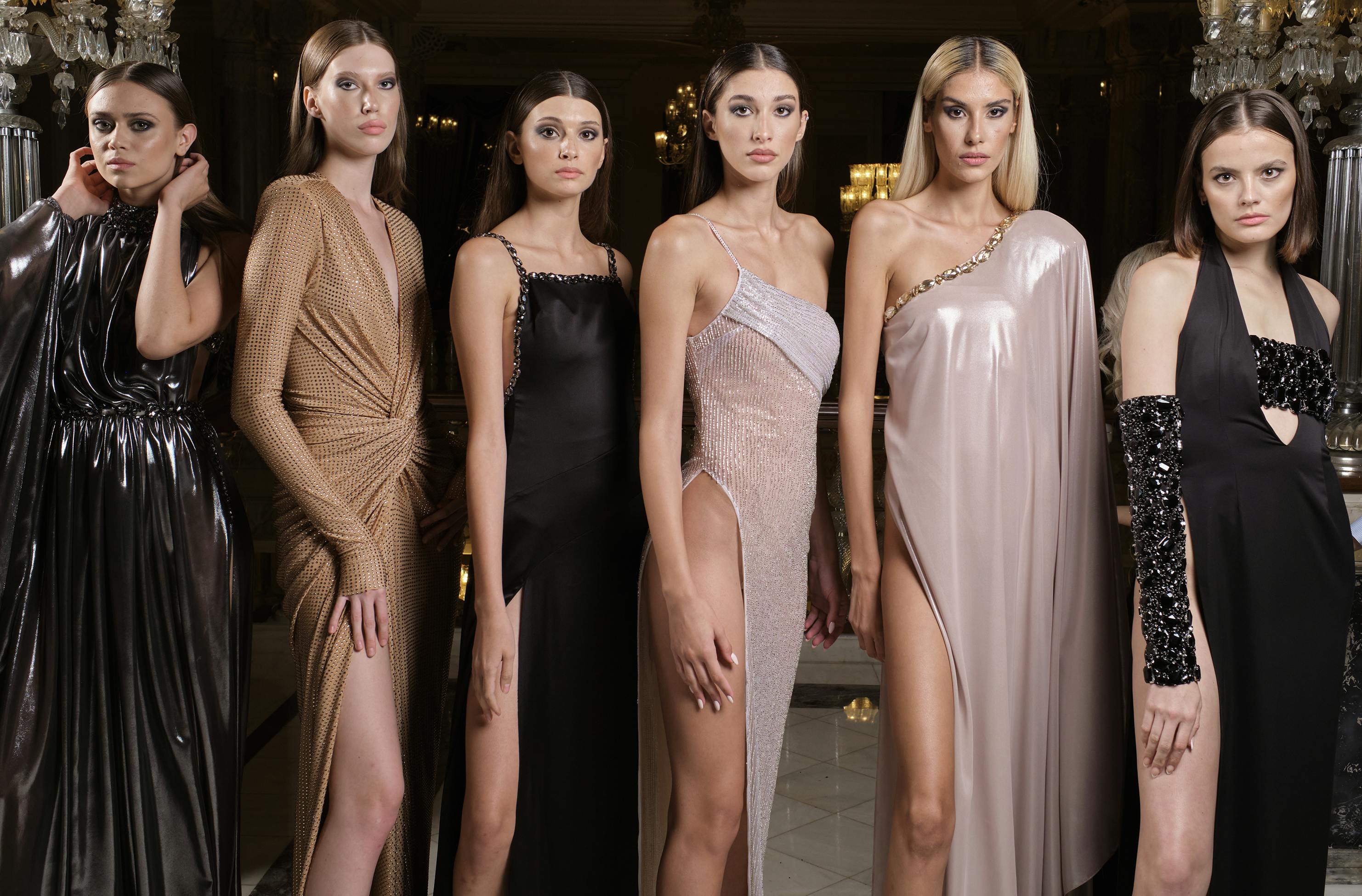
Hollywood, in many ways, often mirrors the everyday grind, albeit with significantly more glitz, glamor, and, let’s be honest, drama. Just like any office, the dream factory can become a pressure cooker, turning potential collaborations into catastrophic clashes of ego and artistry. When you bring together larger-than-life personalities, stratospheric stakes, and the intense scrutiny of the public eye, it’s perhaps no surprise that some working relationships don’t just fray—they spectacularly unravel.
For all the carefully constructed facades of camaraderie on screen and smiles on the red carpet, behind the scenes, a different narrative often unfolds. Sometimes, these conflicts are born from simple personality mismatches; other times, they escalate into full-blown animosity, fueled by perceived slights, unprofessional behavior, or fundamental differences in creative approach. These aren’t just minor disagreements; these are the deeply entrenched beefs that have led A-listers and beloved figures alike to declare, unequivocally, that they would rather retire than share a scene with a particular co-star again.
We’re diving deep into the trenches of Tinseltown’s most infamous feuds, unearthing the stories behind the scowls and the icy silences. From legendary cinematic titans to sitcom stalwarts, these are the tales of actors who simply could not—or would not—coexist. Prepare for a candid look at the moments that turned colleagues into rivals, and sometimes, for better or worse, altered the course of their careers and the projects they were meant to share.
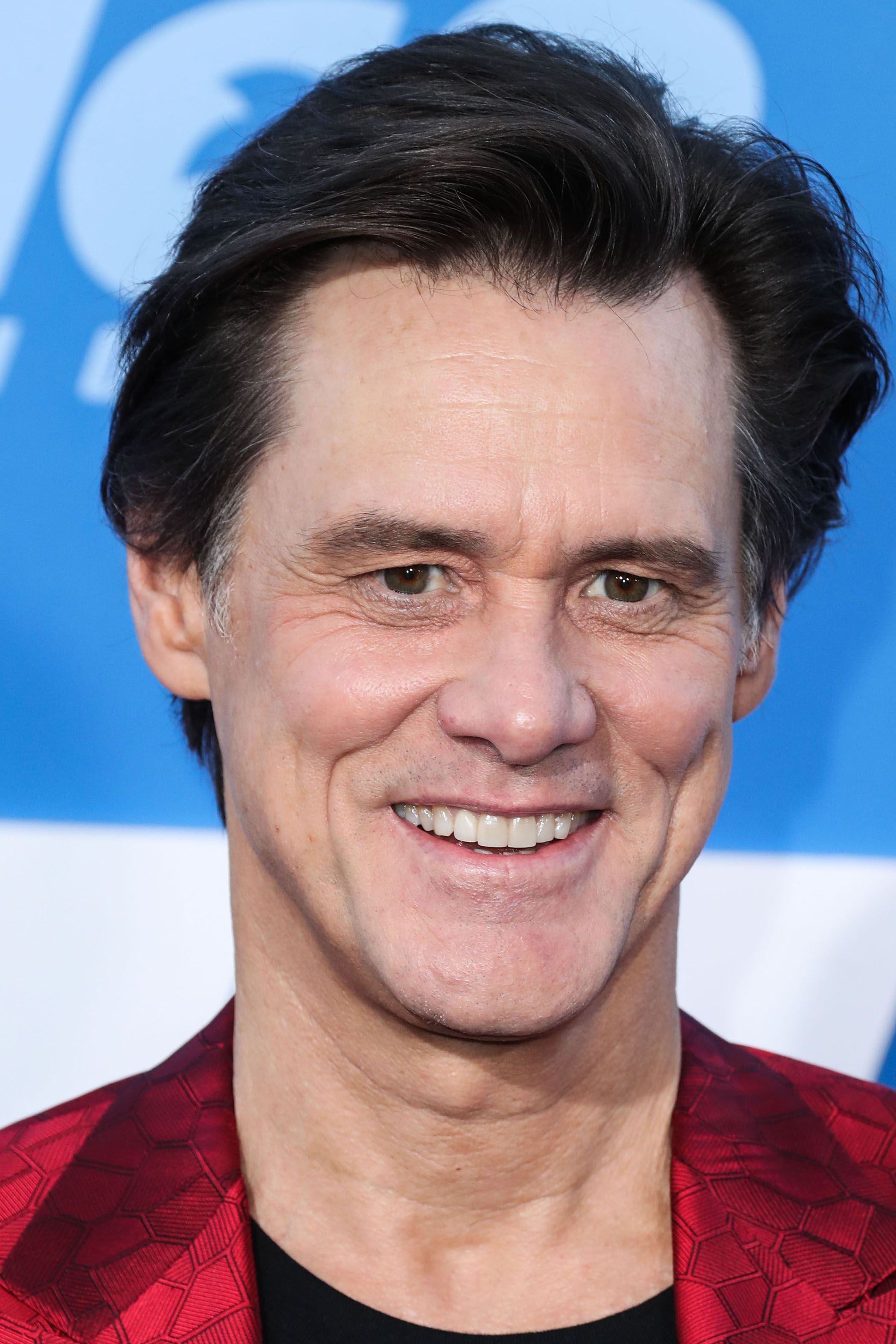
1. **Jim Carrey and Tommy Lee Jones**
The 1995 blockbuster “Batman Forever” was a veritable feast of larger-than-life villains, featuring Jim Carrey as the anarchic Riddler and Tommy Lee Jones as the dual-faced Harvey Dent. While Carrey was riding the wave of his comedic genius, bringing his signature slapstick energy to the Gotham rogues’ gallery, it appears his co-star, the intensely serious Tommy Lee Jones, was far from amused by the spectacle. Director Joel Schumacher himself shed light on the tension, stating in a 1996 interview with Entertainment Weekly that “Jim Carrey was a gentleman, and Tommy Lee was threatened by him. I’m tired of defending overpaid, over-privileged actors.” It seems the clash of acting styles was more than just a creative difference; it was a fundamental incompatibility.
The animosity wasn’t just a quiet on-set simmer; it boiled over into a remarkably awkward public confrontation. Carrey recounted a particularly telling incident that occurred the night before they were slated to film a scene together. Running into Jones at a restaurant, Carrey, attempting to be cordial, approached his co-star’s table to offer a greeting. What followed was a memorable exchange that perfectly encapsulated the veteran actor’s disdain for Carrey’s flamboyant comedic presence.
According to Carrey’s recollection to Howard Stern, Jones “got up, kind of shaking, and hugged me and said, ‘I hate you. I really don’t like you.'” The bluntness of the statement was shocking, prompting Carrey to question, “Wow. What’s going on man?” Jones’s unforgettable response cut right to the core of his disapproval: “I cannot sanction your buffoonery.” It was a declaration that left little room for misinterpretation, signaling a profound personal and professional disconnect that made their on-screen collaboration a challenging endeavor, to say the least.
This incident highlights how deeply personal these professional conflicts can become, especially when rooted in differing approaches to performance and persona. Jones, known for his gravitas and stoic intensity, clearly found Carrey’s high-octane comedy grating, if not outright offensive, to his sensibilities. While they managed to complete the film, the interaction left an indelible mark, serving as a classic example of a significant star refusing to tolerate what they viewed as an opposing, and perhaps threatening, artistic force. The idea of “buffoonery” being un-sanctionable by an Academy Award winner remains a deliciously cynical Hollywood anecdote.
Read more about: 14 Major Stars Who Flat-Out Refused to Work Together at the Same Studio: Unpacking Hollywood’s Juiciest Feuds
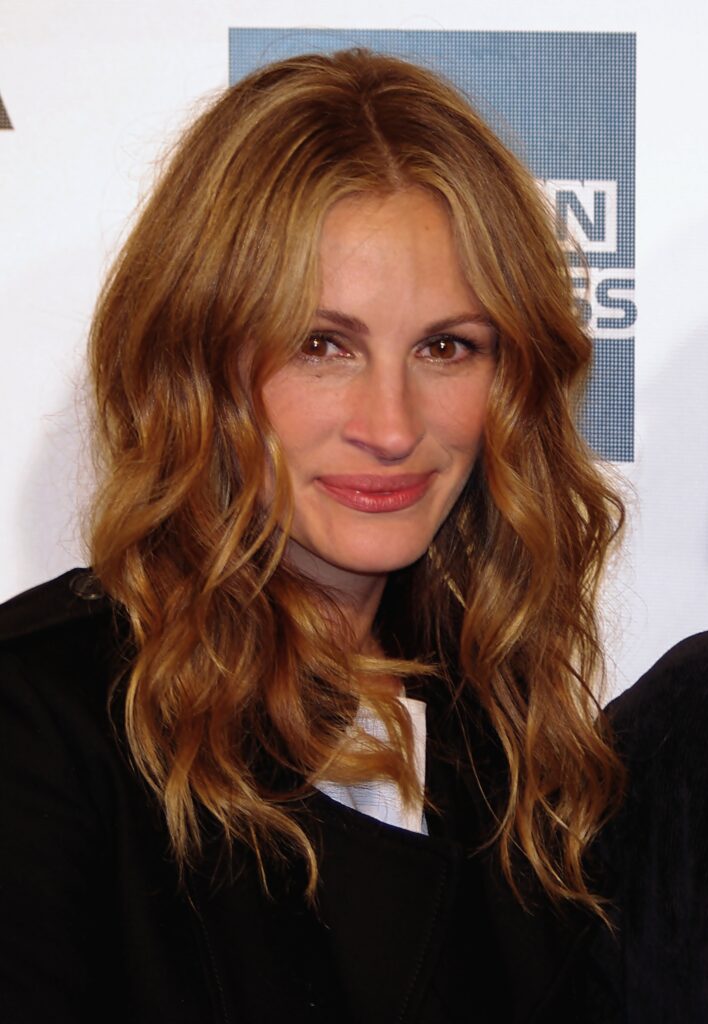
2. **Julia Roberts and Nick Nolte**
The year 1994 brought together two undeniable screen presences, Julia Roberts and Nick Nolte, for the romantic comedy “I Love Trouble.” On paper, it might have seemed like a dynamic pairing, but in reality, their on-set experience was anything but romantic. The sparks flying between them weren’t those of cinematic chemistry, but rather a constant volley of disagreements and outright animosity. This palpable friction, sadly, translated directly to the screen, where their lack of rapport was reportedly quite noticeable to audiences and critics alike.
The quarreling between Roberts and Nolte grew so intense that it reportedly pushed director Charles Shyer to an unusual extreme. To minimize their direct interaction and maintain some semblance of a functioning set, Shyer resorted to an unconventional filming technique: shooting some of their scenes separately. This meant the two stars were kept apart as much as possible, with their performances later stitched together through the magic of editing. It’s a stark illustration of just how unmanageable their personal conflict had become, requiring a creative workaround to simply get the film made.
The public airing of grievances between the two was just as fiery. Roberts, speaking to the New York Times while filming, didn’t mince words about Nolte, calling him “completely disgusting” and asserting that he “seems to go out of his way to repel people.” Not one to back down, Nolte quickly retaliated, offering his own assessment: “It’s not nice to call someone ‘disgusting.’ But she’s not a nice person. Everyone knows that.” This bitter exchange solidified their public feud, which proved to be long-lasting. Even in 2009, years after their ill-fated collaboration, Roberts reportedly delivered a profanity-laced impression of a former co-star on “The Late Show” that was widely understood to be a jab at Nolte, proving some wounds simply don’t heal.
Read more about: 14 Major Stars Who Flat-Out Refused to Work Together at the Same Studio: Unpacking Hollywood’s Juiciest Feuds
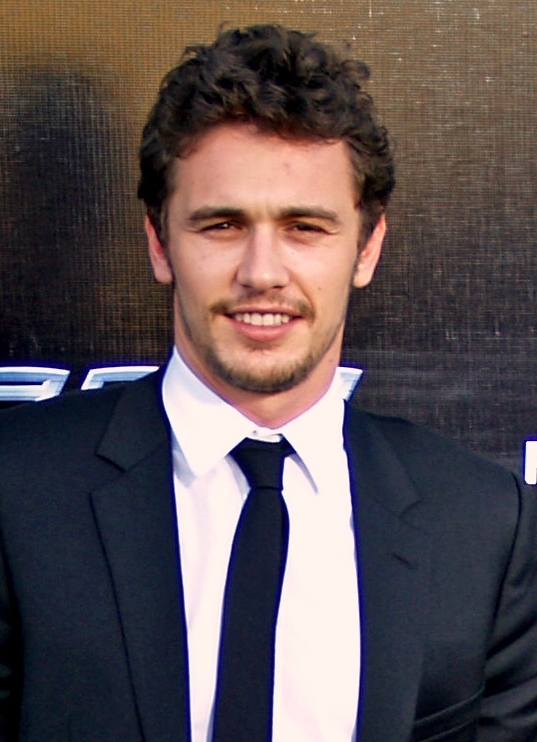
3. **James Franco and Tyrese Gibson**
Justin Lin’s 2006 military drama “Annapolis” centered around the grueling world of the U.S. Naval Academy, including a pivotal boxing tournament. Unfortunately for co-stars James Franco and Tyrese Gibson, the on-screen fighting bled into a very real and ugly off-screen conflict. Franco, known for his intense approach to acting, took his method acting perhaps a bit too far, transforming what should have been simulated boxing rehearsals into genuinely painful encounters for Gibson.
Tyrese Gibson detailed the uncomfortable and aggressive nature of their rehearsals, telling Elle, “The dude was full-on hitting me.” He recounted his repeated pleas for Franco to ease up, “I was always like, ‘James, lighten up, man. We’re just practicing.’ He never lightened up.” This account paints a picture of a co-star pushing boundaries in a way that caused physical discomfort and emotional frustration, blurring the lines between dramatic portrayal and actual aggression.
While Franco later denied ever intentionally striking Gibson, he did offer a telling admission to GQ, acknowledging that at the time, “I was probably a jerk.” This retrospective self-awareness, however, wasn’t enough to mend the fractured relationship. Gibson, speaking to Playboy in 2007, made his feelings unequivocally clear: “I never want to work with him again, and I’m sure he feels the same way. It felt very personal. It was [messed] up.” Their experience on “Annapolis” left a permanent rift, serving as a cautionary tale about the perils of overzealous method acting and the personal toll it can take on co-stars.
Read more about: 14 Major Stars Who Flat-Out Refused to Work Together at the Same Studio: Unpacking Hollywood’s Juiciest Feuds

4. **Will Smith and Janet Hubert**
Dedicated fans of “The Fresh Prince of Bel-Air” are undoubtedly familiar with the mid-series recasting of Aunt Vivian, a change that sparked widespread speculation and debate. Janet Hubert, who originated the role with formidable presence, departed the show in 1993, to be replaced by Daphne Reid. The reasons behind Hubert’s exit became a source of enduring controversy, with both Hubert and Will Smith offering conflicting narratives that painted a picture of deep-seated animosity on set.
Hubert’s account points to a difficult working environment, claiming that Smith and his younger co-stars were “needlessly cruel” to her. She specifically implicated Smith and Alfonso Ribeiro, stating, “[Smith did] some heinous, horrible things to me — they were like bad kids, Will and Alfonso.” This suggests a dynamic where the veteran actress felt targeted and disrespected by the show’s burgeoning young stars, leading to a toxic atmosphere that ultimately proved untenable for her.
Smith, for his part, countered Hubert’s allegations in a 1993 interview with an Atlanta radio station, attributing her departure to a “bad attitude” on set and dramatically declaring, “No matter what, to her I’m just the Antichrist.” The stark contrast in their public statements underscored the severity of their feud, with both parties painting the other in an unfavorable light. The animosity continued for years, culminating in Hubert’s emphatic declaration to TMZ in 2011 that she would “never do anything with an a*****e like Will Smith,” labeling him an “egomaniac” who “has not grown up.” This enduring bitterness vividly illustrates how long-standing conflicts can fester, preventing any possibility of professional reconciliation.
Read more about: 14 Major Stars Who Flat-Out Refused to Work Together at the Same Studio: Unpacking Hollywood’s Juiciest Feuds
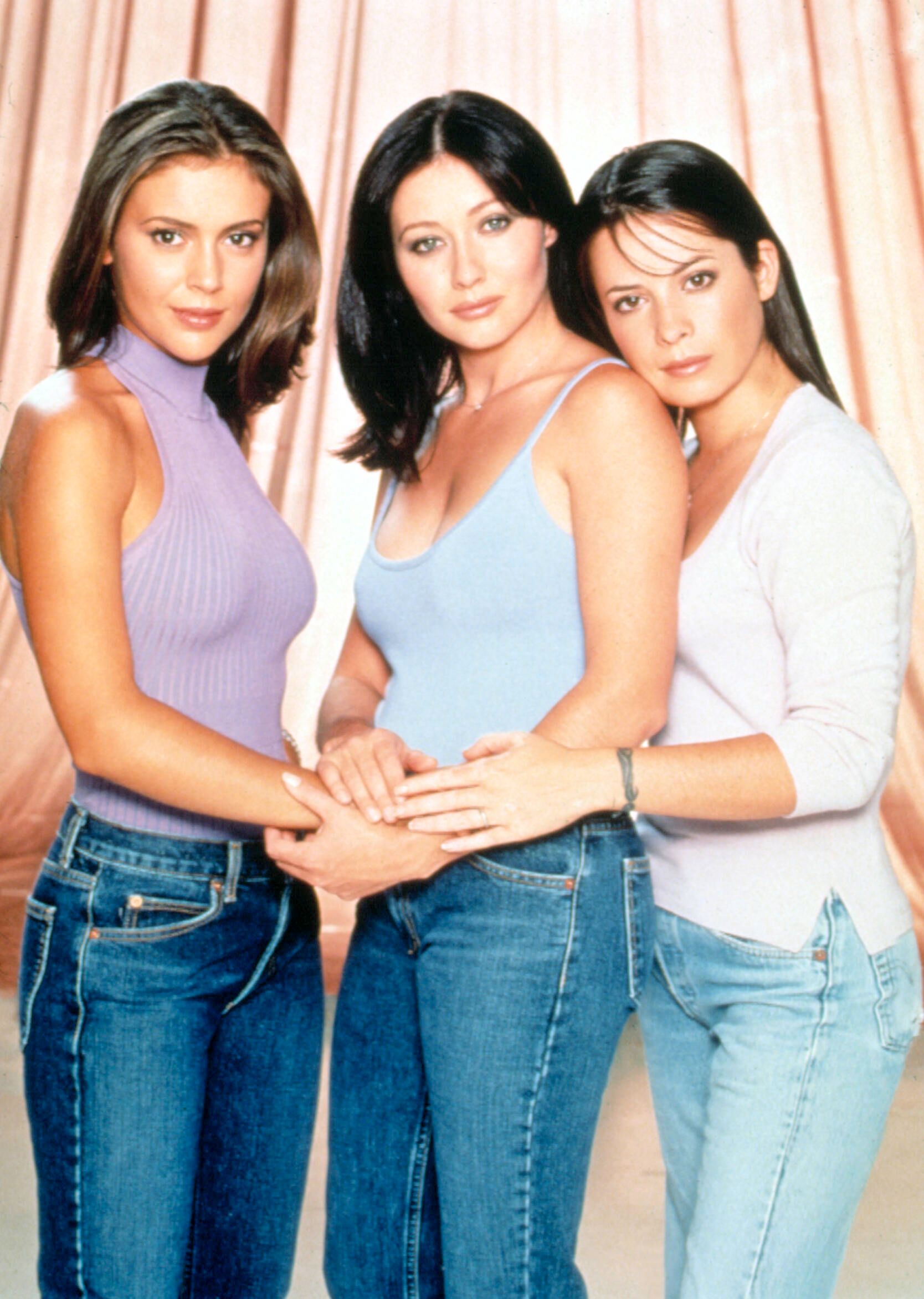
5. **Shannen Doherty and Alyssa Milano**
Shannen Doherty carved out a notorious reputation in Hollywood for her on-set feuds, with a track record that reads like a who’s who of co-star clashes. Before her “Charmed” drama, she reportedly came close to physical altercations with “Beverly Hills, 90210” castmate Jennie Garth, and fellow “90210” alum Tori Spelling even admitted to instigating Doherty’s firing from the teen drama by appealing to her producer father, Aaron Spelling. So, when Doherty reunited with an Aaron Spelling production, “Charmed,” alongside Alyssa Milano, it seemed history was destined to repeat itself.
The tension between Doherty and Milano on the set of “Charmed” quickly became legendary. Milano, reflecting on their working relationship during a segment on “Watch What Happens Live!” with Andy Cohen, described the environment as “very much sort of like high school.” While expressing hope that such immaturity wouldn’t persist into their 30s, she conceded that “there were definitely some rough days.” This candid admission from Milano underscored the pervasive and disruptive nature of their conflict, indicating a deep-seated incompatibility that made the workplace challenging for everyone involved.
The behind-the-scenes turmoil eventually reached a critical point, leading to an ultimatum. A source close to the show revealed to TV Guide in 2001 that “It eventually became clear that [either Doherty or Milano] had to go.” Ultimately, it was Doherty who departed “Charmed,” marking another entry in her storied history of exits driven by co-star friction. While a brief thawing of relations seemed to occur when Milano reached out during Doherty’s breast cancer diagnosis in 2016, the truce proved temporary. The drama resurfaced with renewed vigor in 2023, and by February 2024 at Orlando MegaCon, the two were once again publicly disagreeing over Doherty’s removal from the show, with co-star Holly Marie Combs aligning herself with Doherty’s perspective, proving that some Hollywood feuds are truly immortal.
Read more about: 14 Major Stars Who Flat-Out Refused to Work Together at the Same Studio: Unpacking Hollywood’s Juiciest Feuds
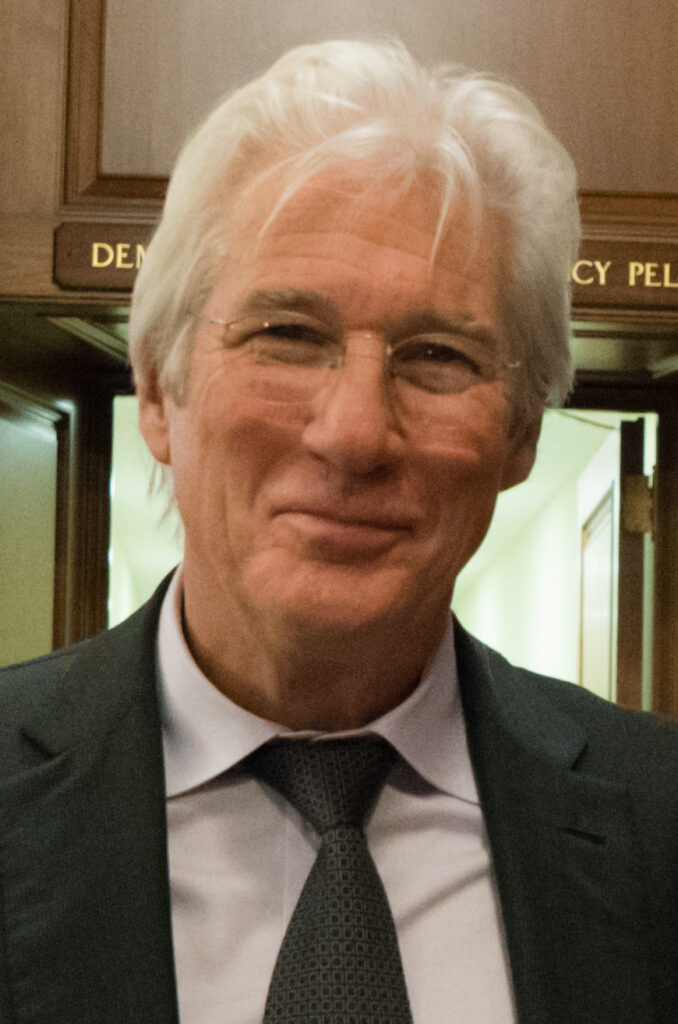
6. **Richard Gere and Sylvester Stallone**
For decades, rumors swirled about a palpable animosity between Hollywood heavyweights Richard Gere and Sylvester Stallone. The origin of this long-standing beef was finally illuminated by Stallone himself during a 2006 Q&A session with Ain’t It Cool News, tracing back to the 1974 coming-of-age drama “The Lords of Flatbush.” Gere, initially cast as the lead character Chico, found himself clashing with Stallone almost immediately during filming, a conflict so severe that it led to Gere’s eventual replacement by Perry King.
Stallone’s recollections painted a picture of Gere as a difficult presence on set. He specifically cited instances where Gere allegedly got “too rough” during fight rehearsals, transforming practice into genuine discomfort. Perhaps even more memorable was a bizarre incident involving food, where Gere reportedly spilled “greasy food all over Stallone’s pants.” These seemingly minor transgressions accumulated, contributing to a deeply uncomfortable and hostile working environment that made collaboration impossible.
The conflict escalated to a point where the director was forced to make a definitive choice. Stallone recalled, “The director had to make a choice: one of us had to go, one of us had to stay.” The decision ultimately fell against Gere, who was “given his walking papers.” Stallone affirmed that to this day, Gere “seriously dislikes me,” even to the extent of allegedly blaming Stallone for the persistent “gerbil rumor,” a claim Stallone vehemently denied. This early career clash set the stage for a decades-long cold war between two future legends, proving that even nascent Hollywood careers can be irrevocably shaped by intractable personality conflicts.
Read more about: 14 Major Stars Who Flat-Out Refused to Work Together at the Same Studio: Unpacking Hollywood’s Juiciest Feuds
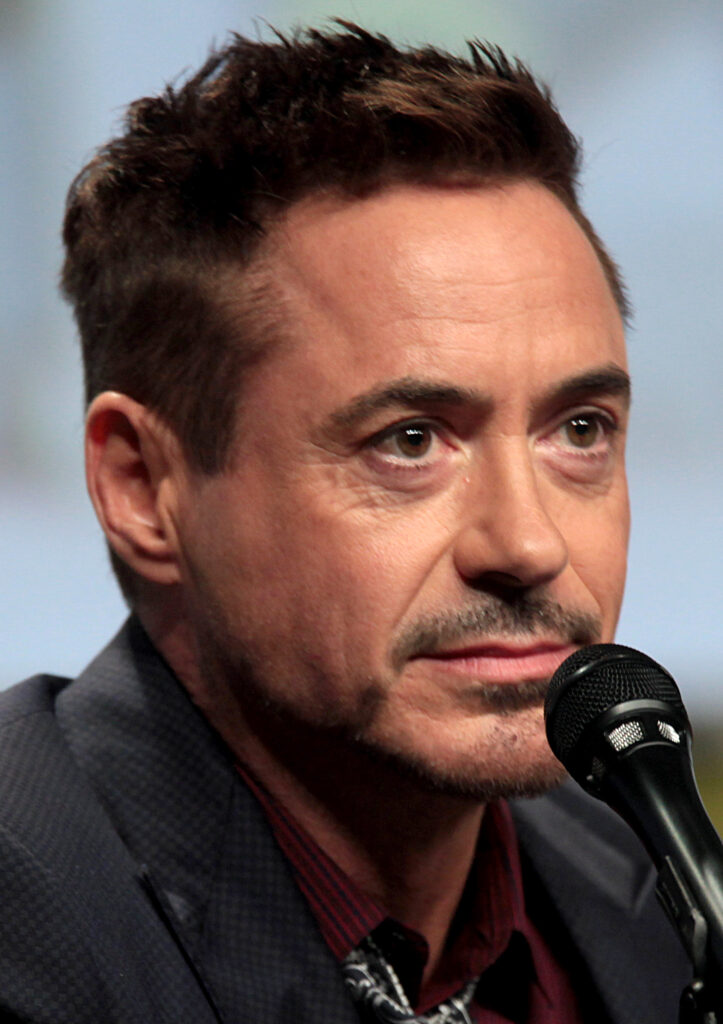
7. **Robert Downey Jr. and Terrence Howard**
The early days of the Marvel Cinematic Universe were not without their behind-the-scenes drama, particularly concerning the recasting of James “Rhodey” Rhodes, Tony Stark’s best friend. Terrence Howard, who originated the role in the first “Iron Man” film, has been remarkably candid about his contentious falling out with co-star Robert Downey Jr. and Marvel Studios, a dispute that ultimately saw him replaced by Don Cheadle for “Iron Man 2” and beyond.
Howard’s account, shared during a 2013 appearance on Bravo’s “Watch What Happens Live,” painted a picture of a contractual dispute intertwined with a personal betrayal. He claimed that despite initially signing a three-movie deal, Marvel Studios approached him for the sequel with a drastically reduced offer: “They came to me with the second and said, ‘Look, we will pay you one-eighth of what we contractually had for you, because we think the second one will be successful with or without you.'” This significant pay cut was a bitter pill to swallow, but what followed truly stung.
The blame, in Howard’s eyes, was firmly placed on Downey Jr.’s shoulders. He alleged that Downey, whom he claimed to have helped secure the original “Iron Man” role, failed to support him during the contractual negotiations. “I called my friend, that I helped get the first job, and he didn’t call me back for three months,” Howard revealed. This perceived abandonment by a supposed friend and professional ally compounded the financial insult, leading to a deep sense of betrayal that defined their relationship for years. While the two eventually patched things up at director Brian Grazer’s wedding in 2016, the professional rift remained, with Cheadle retaining the role, a stark reminder of how quickly allegiances can shift in the high-stakes world of blockbuster filmmaking.
Read more about: 14 Major Stars Who Flat-Out Refused to Work Together at the Same Studio: Unpacking Hollywood’s Juiciest Feuds
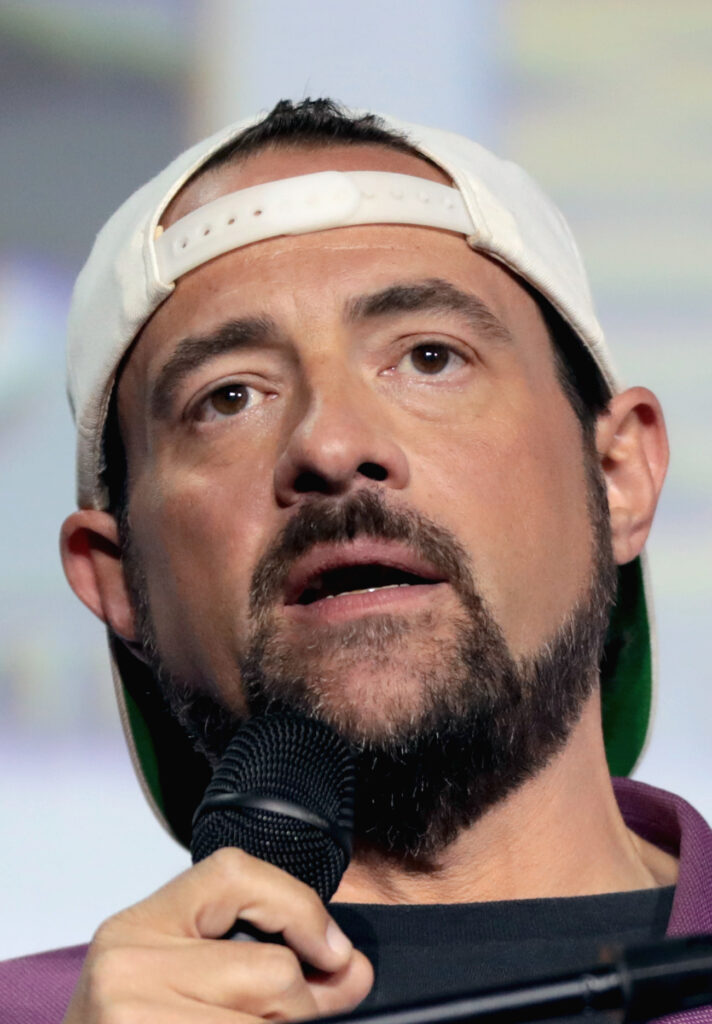
8. **Kevin Smith and Bruce Willis**
Hollywood often presents a tantalizing fantasy: the acclaimed director finally collaborates with their childhood hero. For indie filmmaker Kevin Smith, this dream became a reality with the 2010 police comedy “Cop Out,” starring the legendary Bruce Willis. Smith, a vocal admirer of Willis, even took a significant pay cut for the opportunity. What he encountered, however, was a far cry from the collaborative spirit he envisioned, transforming a potentially iconic pairing into a tale of profound disillusionment.
Smith later described the experience of directing Willis as “soul-crushing.” While they’d previously co-starred in “Live Free or Die Hard” without incident, the dynamic shifted with Smith in charge. The “super ego” that Willis allegedly brought to set created a toxic environment, pushing Smith to his limits. He credited Willis’s co-star, Tracy Morgan, with being his lifeline, quipping, “Were it not for Tracy, I might’ve killed myself or someone else in the making of that movie.”
In his 2012 memoir, “Tough S***,” Smith didn’t hold back, labeling Willis “the unhappiest, most bitter, and meanest emo-b**** I’ve ever met at any job I’ve held down.” This wasn’t merely a clash of artistic vision; it was a fundamental incompatibility that left Smith with deep professional scars. The “Cop Out” saga remains a poignant reminder that even the most anticipated collaborations can spectacularly unravel.
Read more about: 14 Major Stars Who Flat-Out Refused to Work Together at the Same Studio: Unpacking Hollywood’s Juiciest Feuds
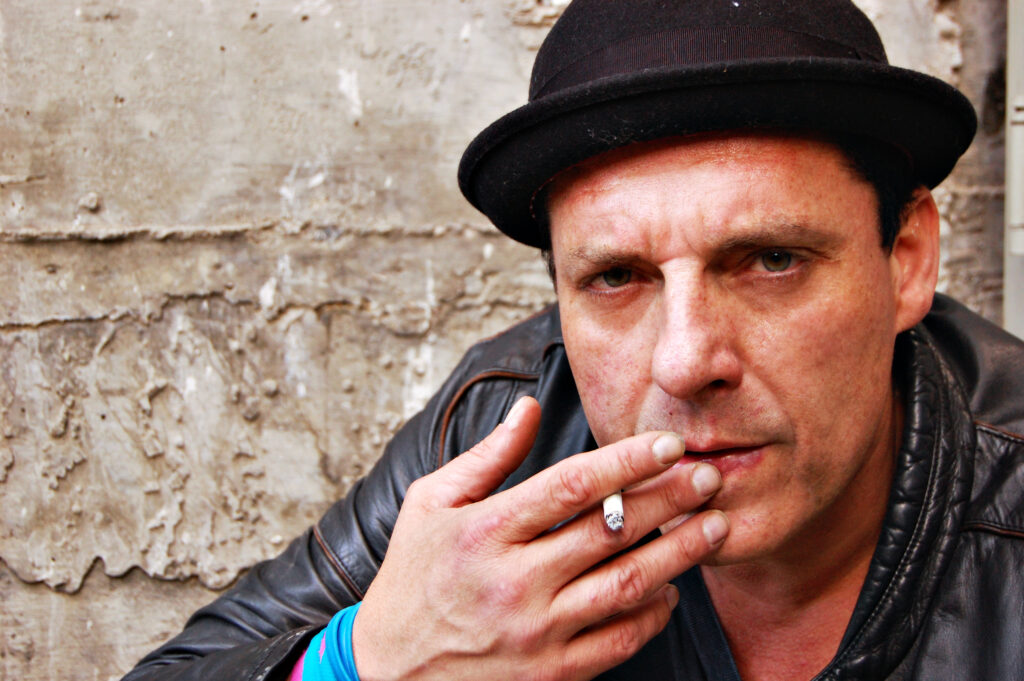
9. **Tom Sizemore and Val Kilmer**
The 1990s saw Tom Sizemore’s star rise dramatically, thanks in part to powerful performances in films like Michael Mann’s “Heat,” where he shared the screen with Val Kilmer. Their on-screen chemistry suggested a promising future for further collaborations. However, when they reunited five years later for the science fiction film “Red Planet,” any camaraderie they might have shared quickly dissolved into a conflict that escalated to truly bizarre and physical extremes.
The animosity reportedly began over a rather trivial matter: Kilmer’s displeasure that production had paid to transport Sizemore’s exercise equipment to Australia, where filming was taking place. This seemingly minor grievance soon exploded into a shouting match, detailed by Sizemore in his memoir. The verbal sparring session crescendoed with Sizemore allegedly throwing a 50-pound weight at Kilmer, an act of rage that, fortunately, missed its intended target.
The behind-the-scenes chaos didn’t end there. Producers, clearly anticipating further physical altercations, reportedly intervened with an unusual request: Sizemore was asked to avoid hitting Kilmer in the face during their next fight. Sizemore, obliging, instead landed a punch on Kilmer’s chest, delivering the memorable parting shot: “I’m never going to another planet with you again.” While the two eventually reconciled by 2014, the “Red Planet” incident stands as a legendary tale of Hollywood beef that spiraled spectacularly.
Read more about: 14 Major Stars Who Flat-Out Refused to Work Together at the Same Studio: Unpacking Hollywood’s Juiciest Feuds
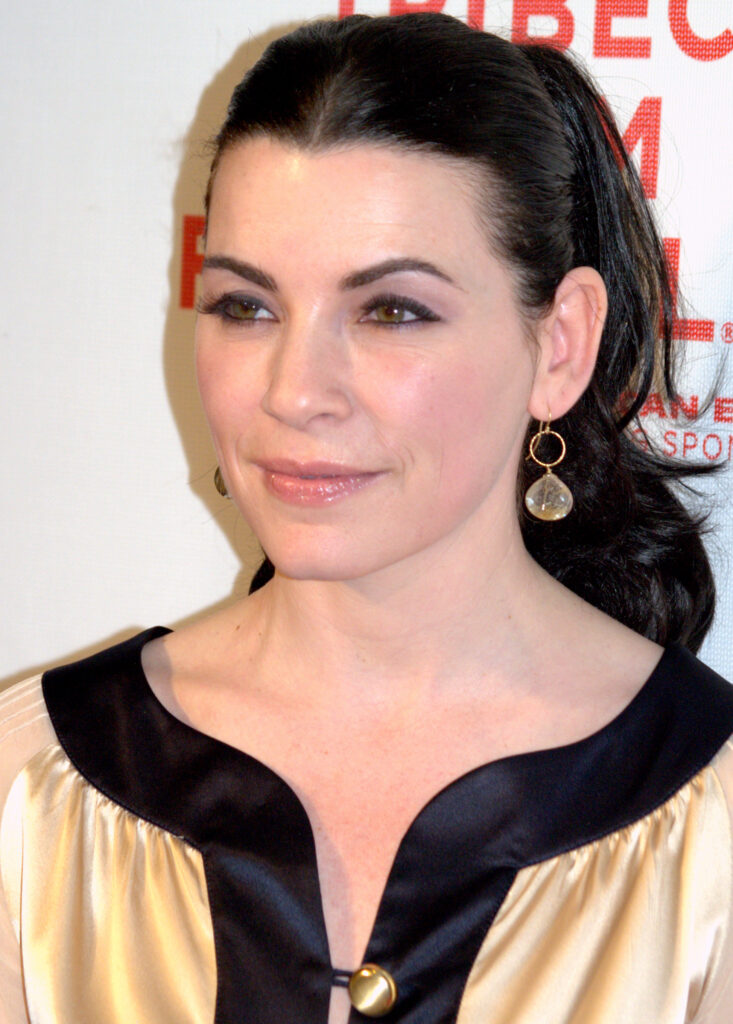
10. **Julianna Margulies and Archie Panjabi**
“The Good Wife” entranced audiences with its intricate legal narratives and complex characters, particularly the evolving, yet often strained, friendship between Alicia Florrick (Julianna Margulies) and Kalinda Sharma (Archie Panjabi). Despite their characters’ undeniable on-screen significance, an escalating feud between the two actresses off-screen profoundly impacted the show’s production. This wasn’t just workplace tension; it was a deep-seated animosity that forced unprecedented logistical gymnastics behind the scenes.
The depth of their conflict was remarkable: for an astounding 51 episodes, Margulies and Panjabi were never filmed together. Their characters, once close, were relegated to communicating through phone calls or other cast members, a testament to the lengths producers went to keep the warring stars physically apart. This creative workaround wasn’t just a challenge; it highlighted the pervasive nature of their professional disdain, fundamentally altering how a hugely popular series was shot.
The ultimate, and perhaps most telling, illustration of their estrangement came with Panjabi’s departure from the series. In a scene meant to signify their characters’ final interaction, they shared a drink – a moment achieved solely through the magic of green screen and CGI, with each actress filming her part separately. This digital reconciliation speaks volumes about the unbridgeable chasm between them, sealing their legacy as co-stars whose real-life friction dictated on-screen reality.
Read more about: 14 Major Stars Who Flat-Out Refused to Work Together at the Same Studio: Unpacking Hollywood’s Juiciest Feuds
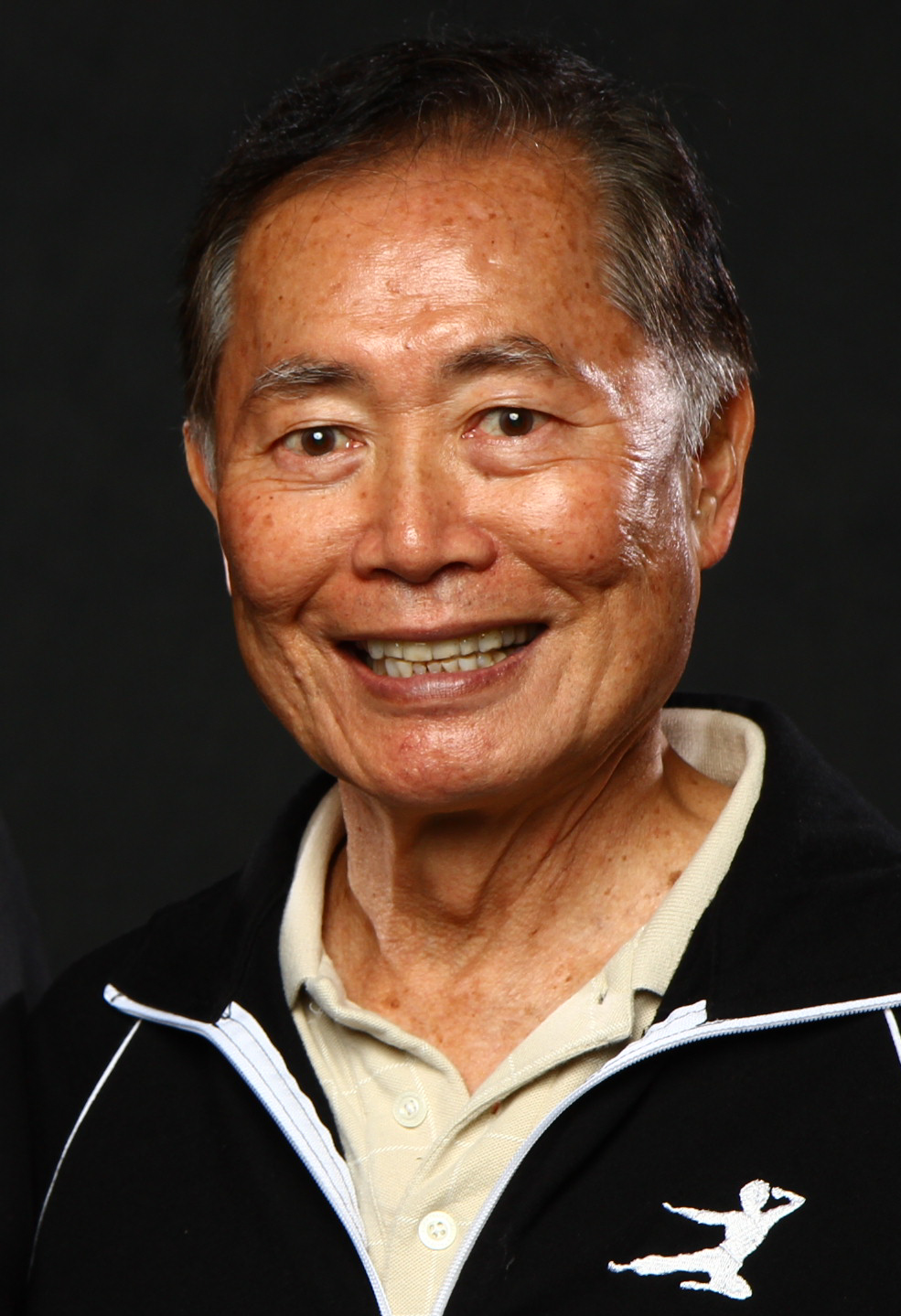
11. **William Shatner and George Takei**
“Star Trek” envisioned a future of unity and cooperation, but behind the scenes of the iconic USS Enterprise, a decades-long feud between William Shatner (Captain Kirk) and George Takei (Lt. Sulu) has been anything but harmonious. This isn’t a simple misunderstanding; it’s a protracted personal battle, publicly waged, that has become almost as legendary as the franchise itself, showcasing how even fictional interstellar explorers can’t escape earthly squabbles.
Takei has consistently portrayed Shatner as a “self-centered” and “not a team player,” alleging that he frequently monopolized screen time and attention. Shatner, in turn, often dismisses Takei’s criticisms with a blend of feigned ignorance and thinly veiled contempt, claiming he “barely even knew” Takei and, at one point, provocatively suggested “there’s a psychosis there.” It’s a masterclass in psychological warfare, illustrating a profound and long-standing personal antipathy.
The animosity famously flared up during a poignant “Star Trek” event: the final convention appearance of James Doohan (Scotty). Takei recounted to Howard Stern how Shatner allegedly refused to join his ailing co-star and other cast members on stage, callously dismissing it as “Alzheimer’s crap.” Takei condemned this “monstrous statement” as characteristic of Shatner’s behavior, further solidifying the deep divide between them. This enduring cold war reminds us that some space sagas extend far beyond the final frontier.
Read more about: 14 Major Stars Who Flat-Out Refused to Work Together at the Same Studio: Unpacking Hollywood’s Juiciest Feuds
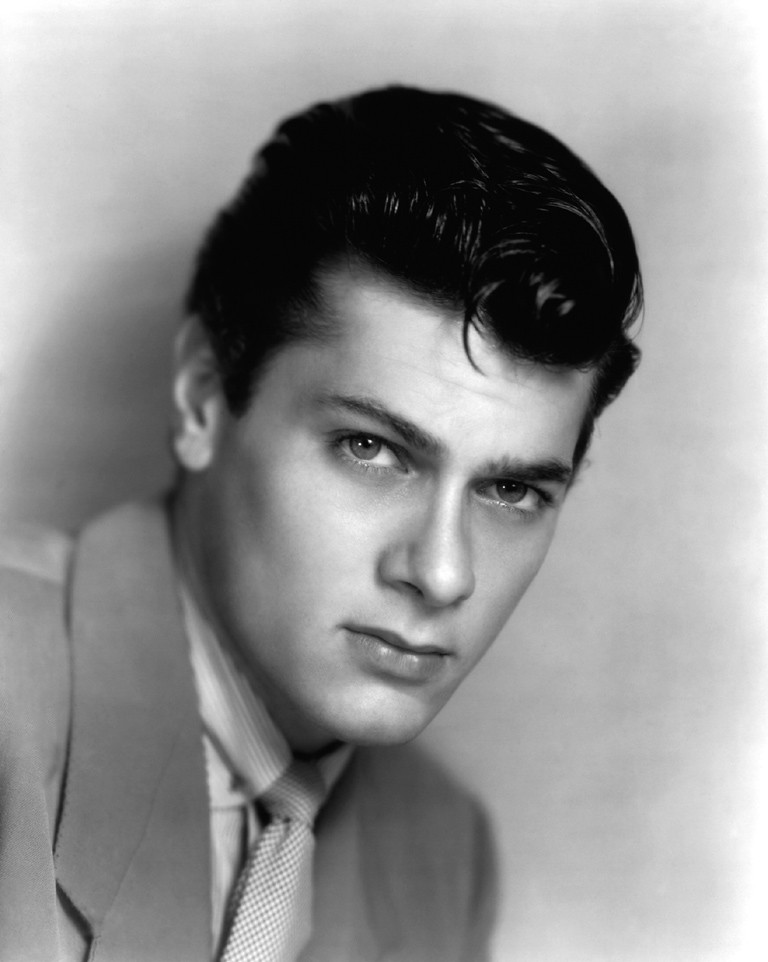
12. **Tony Curtis and Marilyn Monroe**
“Some Like It Hot” is rightly lauded as a cinematic masterpiece, a benchmark of comedy. Yet, its creation was a challenging ordeal for many involved, particularly for its male leads, Tony Curtis and Jack Lemmon, due to the famously erratic behavior of their luminous co-star, Marilyn Monroe. Her on-set difficulties transformed a potentially joyful production into a daily exercise in patience and frustration, highlighting the immense pressures behind old Hollywood’s glamour.
Monroe’s reputation for chronic lateness, her alleged struggles with addiction, and her need for dozens of takes to deliver lines became legendary, often pushing production schedules and budgets to their breaking point. Curtis and Lemmon reportedly found themselves betting on just how many takes Monroe would require for a scene—sometimes as many as 35 or 40. This consistent disruption created a pressure-cooker environment, straining professional relationships to their limits.
The breaking point for Tony Curtis arrived after a particularly arduous kissing scene with Monroe. When later asked by the cast and crew what the experience was like, Curtis delivered a famously brutal, albeit memorable, retort: “It was like kissing Hitler!” This harsh quip perfectly encapsulated his profound exasperation and disillusionment. It’s a statement that has echoed through film history, reminding us that even the most enchanting on-screen chemistry can conceal a truly tormented off-screen dynamic.
Read more about: 14 Major Stars Who Flat-Out Refused to Work Together at the Same Studio: Unpacking Hollywood’s Juiciest Feuds
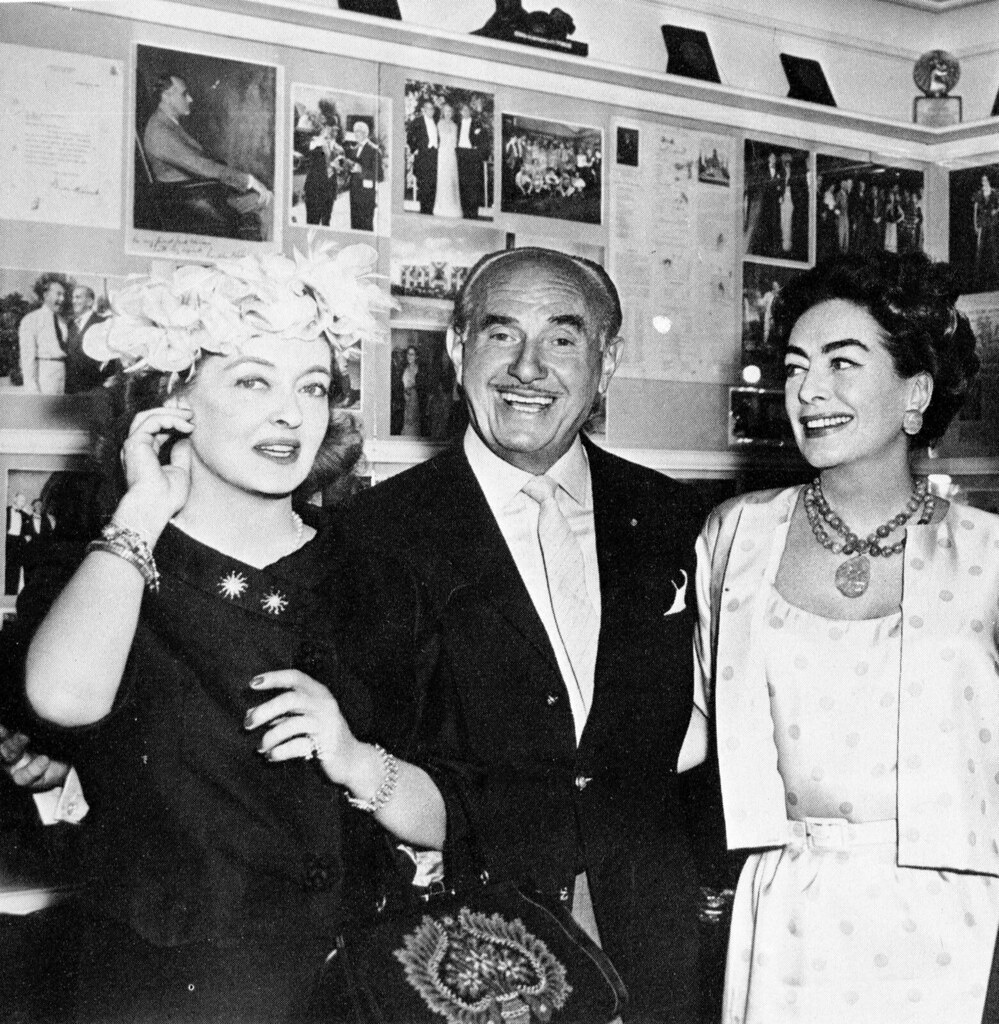
13. **Bette Davis and Joan Crawford**
If Hollywood’s annals hold a definitive, operatic rivalry, it is unquestionably the epic, decades-long feud between Bette Davis and Joan Crawford. So infamous was their mutual loathing that it became the subject of the FX series “Feud: Bette and Joan,” starring Jessica Lange and Susan Sarandon. These two silver screen titans cultivated an intense antagonism that originated in the 1930s, fueled by both professional competition and deeply personal slights, forever etching their names into the lore of celebrity beef.
The initial spark ignited over a classic Hollywood love triangle. Davis harbored affections for Franchot Tone, her co-star in the 1935 film “Dangerous.” However, Crawford, ever the strategist, swiftly swooped in, marrying Tone shortly after filming wrapped. This audacious move solidified Davis’s resentment, leading to her famously venomous quip that Crawford “slept with every male star at MGM except Lassie.” It was a declaration of war, played out in the unforgiving glare of the studio system.
Their animosity reached its dramatic zenith with the 1960s psychological thriller “What Ever Happened to Baby Jane?,” a film perfectly mirroring their real-life hatred as two aging, antagonistic sisters. The ultimate insult came when only Davis received an Oscar nomination for her role. A furious Crawford retaliated by actively campaigning against Davis and, in a breathtaking act of public sabotage, accepted the Oscar on behalf of the absent winner, Anne Bancroft. Producer William Frye vividly recalled Davis’s post-Oscars fury, declaring a Scotch-filled glass was for Crawford’s “[expletive] face.” This was more than a feud; it was a performance art piece in raw, unadulterated hatred.
Read more about: 14 Major Stars Who Flat-Out Refused to Work Together at the Same Studio: Unpacking Hollywood’s Juiciest Feuds
14. **Robert De Niro and Mickey Rourke**
Martin Scorsese’s “The Irishman” was a celebratory assembly of Hollywood’s acting elite. Conspicuously absent from this star-studded reunion was Mickey Rourke, an omission Rourke himself attributed to a specific blockade: Robert De Niro. This isn’t merely a missed casting opportunity; it’s a narrative of enduring personal slight and professional blacklisting, stretching back decades and revealing the deep-seated grudges that can fester in Tinseltown.
Rourke, in an interview on Italian television, unequivocally stated that Scorsese had intended to meet with him for a role, but the casting director relayed De Niro’s firm refusal to work with him. For Rourke, who admitted being financially “broke” at the time, this rejection carried a profound sting, morphing from a professional setback into a public humiliation orchestrated by an actor he once held in the highest esteem.
The roots of this antagonism, Rourke claims, trace back to their 1987 collaboration on “Angel Heart.” Rourke, eager to connect with his idol, approached De Niro on set, only to be met with an icy rebuff. De Niro allegedly stated, “I think it’s better if we don’t talk because of [our] characters in the movie.” This seemingly minor interaction, interpreted by Rourke as a devastating personal slight from his hero, forged an unspoken vow of separation, a professional chasm that, despite denials from producers, seemingly persisted for over three decades.
**The Enduring Legacy of Hollywood’s Unsung Battles**
Read more about: 14 Major Stars Who Flat-Out Refused to Work Together at the Same Studio: Unpacking Hollywood’s Juiciest Feuds
As we delve into these fascinating, often explosive, tales from Hollywood’s backlots, it becomes strikingly apparent that the industry’s glamorous facade frequently conceals a tumultuous reality. These aren’t just minor celebrity squabbles; they are profound human dramas, fueled by colossal egos, irreconcilable artistic differences, perceived disrespect, and the relentless pressures of a high-stakes, highly scrutinized profession. From the biting disdain of a seasoned actor for “buffoonery” to the logistical marvels of green screen workarounds, these stories offer an invaluable, sometimes shocking, window into the personal conflicts behind the cinematic magic. While some feuds eventually find a surprising peace, many of these “unforgettable rivalries” leave indelible marks, shaping careers and productions in ways that ripple through history. The echoes of disagreement truly do linger, reminding us that even in the dream factory, not everyone gets along.

